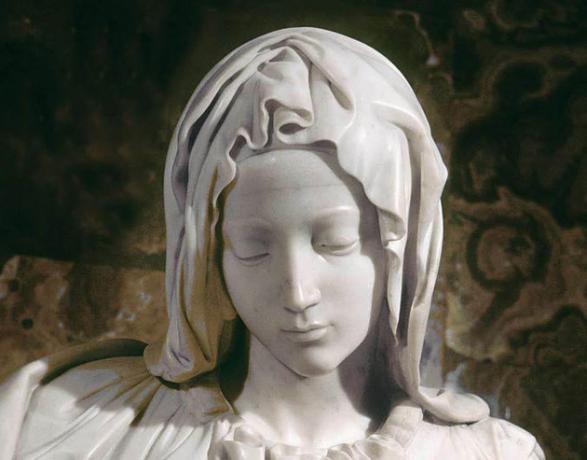Origami is an oriental art that consists of making paper folds, thus forming small sculptures.
Etymologically, the origin of the word comes from the junctions of terms in Japanese ori, "fold", and kami, "paper". Traditionally, the figures depicted are elements of nature, such as animals and plants, each of which has a specific meaning.

history of origami
It is believed that origami emerged shortly after the invention of paper. In this way, his history goes back to the very origin of the material he uses as support.
Paper originated in China around 105 AD. Ç. Thus, from the 7th century onwards, Chinese Buddhist monks would have taken paper and folding techniques to other countries in the East, including Japan.
The Japanese started to practice origami and to develop it, so much so that, in the following century, they started to include it as an element of Shinto rituals.
At that time, there were some rules for creating origami. The papers could not be glued or cut, as the Shintoists understood that only by keeping them whole could they honor and honor the divine forces of the trees that gave rise to them.
Later, other less rigid methods emerged, which allowed the trimming and gluing of the folds. This is the case of kirigami and kirikomiorigami, in which other sheets of paper can be joined and glued.
Nowadays, origami is very common among children, as in 1876, Japanese schools included the technique as a way of learning. However, this was not always the case, until the beginning of the 19th century, paper was a noble and very expensive material, therefore, only adults had access to it.
Traditional origamis and symbologies
Many origami are animal figures and carry different symbologies for Japanese people. Check below some very symbolic origami for Japanese culture.
Bird origami (tsuru)
Bird folding (tsuru) is perhaps the best known. This animal is considered in Japanese tradition as a symbol of luck, longevity and health.
Therefore, whoever presents someone with a tsuru origami is also wishing good omens and long life.
Furthermore, in Japanese culture there is a belief that if a person makes a thousand origami of tsuru and keep a high thought during the making, she has the right to make a request and that if he will perform.
How to make a tsuru origami
Check out the step-by-step instructions for making this paper folding in the video below.
frog origami
Another very common type of origami is that of the frog. This animal symbolizes the desire for positive things to happen again. Therefore, it is offered to sick people, as a wish for better health.
Many people carry these frog folds with them as a kind of amulet.
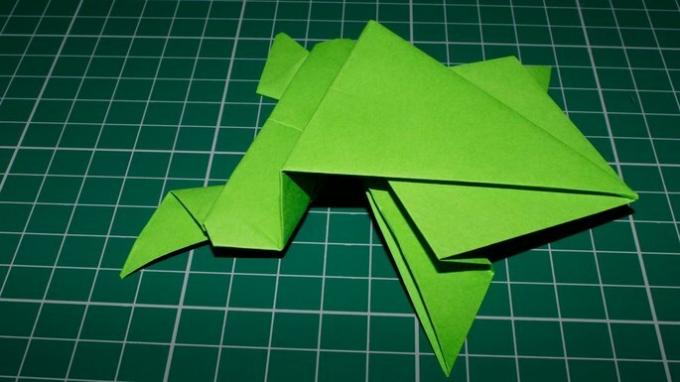
Flower origami (iris)
This is also a very traditional type of origami in Japan, as well as tsuru. This flower carries wisdom as its symbology and, in Japanese culture, it is a beautiful birthday gift.
Thus, the folding of iris also brings all this meaning and presenting someone with it means wishes for health and wisdom.
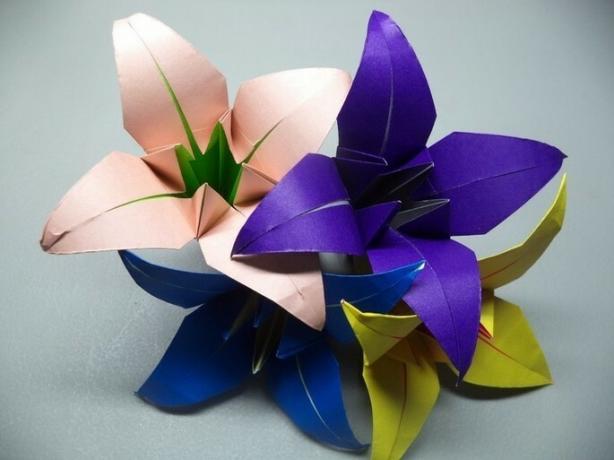
origami artists
There are some artists who excel in the art of paper folding. We selected two important Japanese artists to let you know their amazing work.
Akira Yoshizawa (1911-2005)
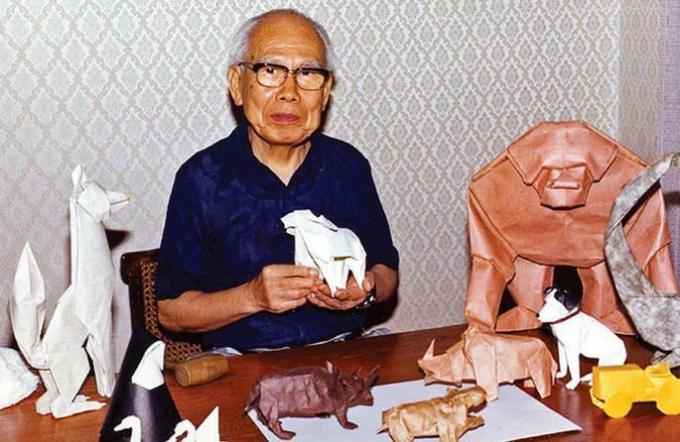
Akira Yoshizawa was a Japanese artist essential to the spread of origami and to elevate it to the category of art. Akira has dedicated her entire life to this secular art and has managed to create more than 50,000 folding models, teaching many of them in her more than 18 published books.
Satoshi Kamiya (1981-)
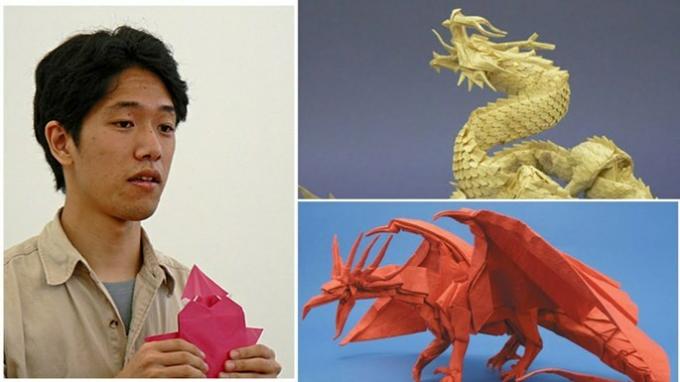
Satoshi Kamiya is a young Japanese artist who uses origami to create very elaborate and impressive sculptures.
Satoshi is based on the universe of manga (Japanese comic books) and has a book published in which he teaches how to make some of his complex models.


